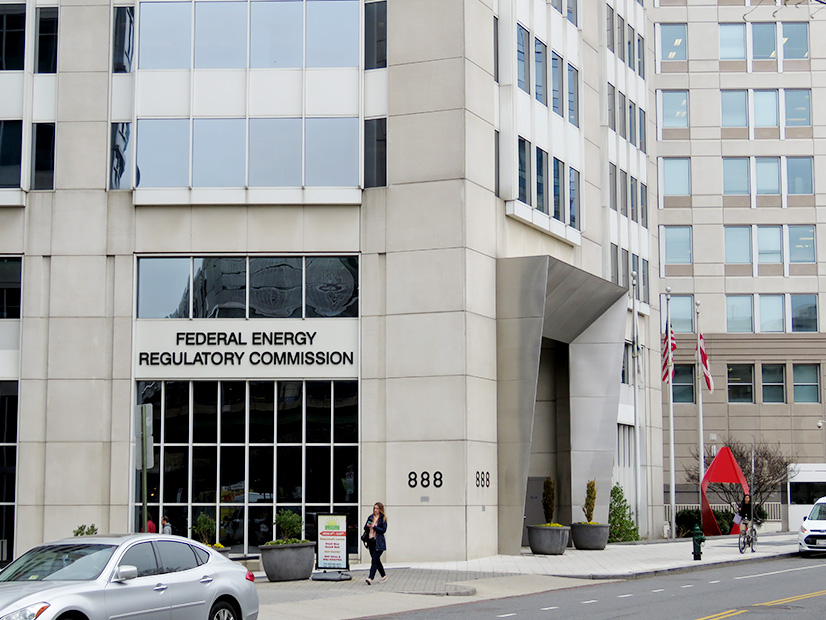FERC on July 23 approved NYISO’s proposed tariff revisions to more accurately accredit natural gas resources’ capacity, but the commission delayed their implementation until 2026 (ER24-2096).
NYISO pitched the changes as a way to help improve winter reliability by accounting for gas supply constraints and correlated derates in its capacity accreditation framework, which measures resources’ marginal contribution to resource adequacy.
Among the changes is a requirement that generators tell it by Aug. 1 prior to each capability year how much of their capacity was covered by firm fuel supply.
NYISO had proposed implementing this provision beginning with the next capability year, which begins May 1, 2025. That would mean generators would have just a week after the revisions went into effect to make their determinations. But the ISO also said it and the New York State Reliability Council had not finalized the modeling changes needed to differentiate firm versus non-firm fuel in its resource adequacy models, nor were they likely to be finished by Aug. 1.
Though they supported the new rules, the Independent Power Producers of New York and the Ravenswood Generating Station asked FERC to delay implementation until next year. NYISO did not oppose the request.
“The problem was that without firm or non-firm definitions on Aug. 1, our capacity suppliers would have to elect” as firm resources, said Richard Bratton, director of market policy and regulatory affairs for IPPNY. “We should be in a good place by next spring in terms of what firm and non-firm mean, so that our generators can understand whether it’s economical for them to elect firm or non-firm for the following capability year.”
Other changes include accounting for a generator’s ability to store on-site fuel and for the temperature of generators’ cooling water. The revisions also eliminate the category of “capacity-limited resource,” defined as a generator that is able to take extraordinary measures to increase its output above its normal upper operating limit. NYISO deemed this no longer necessary based on the other provisions in the proposal.
FERC agreed that the revisions would help NYISO more accurately align resources’ stated capacity with their actual output capability and therefore better reflect their ability to meet the ISO’s capacity requirements. The commission directed NYISO to submit a compliance filing within 30 days reflecting the delayed implementation date of the fuel supply rule. Commissioners Lindsay See and Judy Chang did not participate.
NYISO anticipates its system will flip to winter peaking in the 2030s. Some zones are already winter peaking, according to its 2024 Gold Book.




